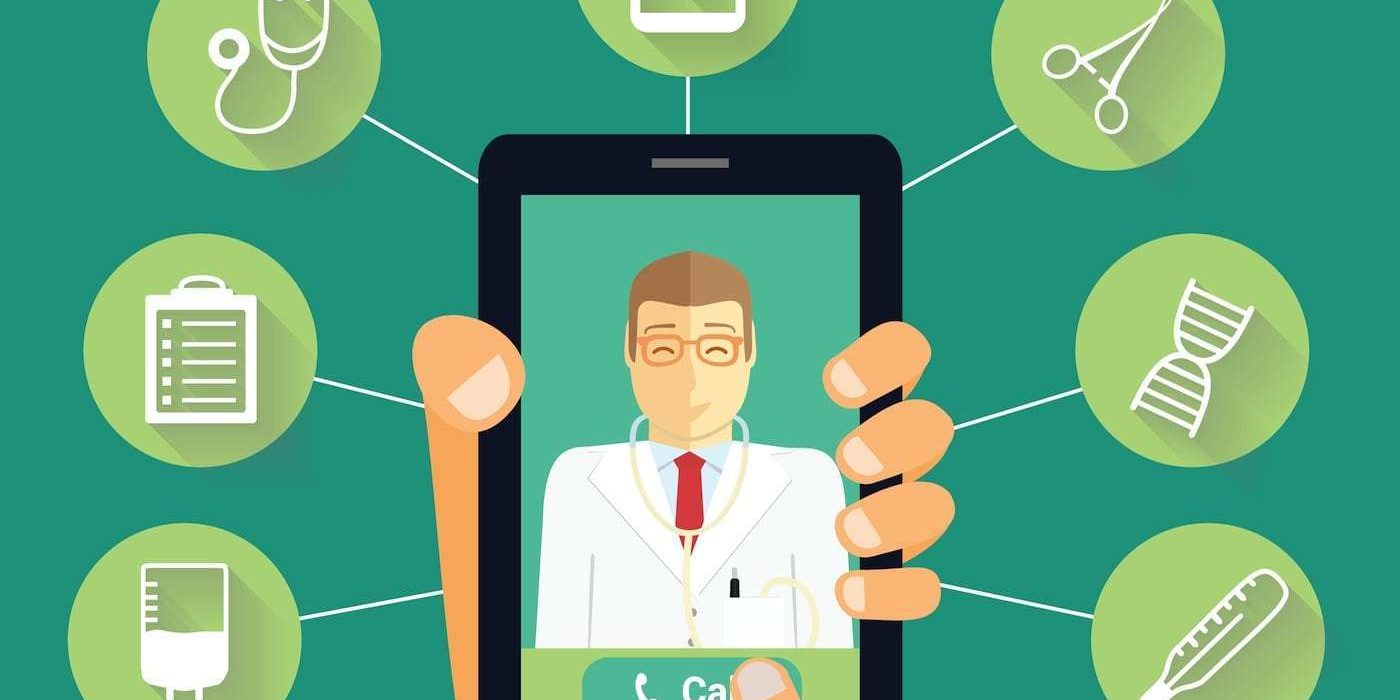For part 2 of our mini-series, we’re going to discuss the different types of Telehealth. To recap from part 1 of our series, telehealth is the use of technology that enables remote healthcare. Essentially, it allows physicians to treat patients whenever and wherever the patient is by using a smartphone or computer.
What are the 3 main categories of Telehealth technology?
- Remote Patient Monitoring (RPM)
Also known as self-monitoring or self-testing, remote patient monitoring is a means of monitoring patient health and clinical information at a distance. Not only does it increase access to care, but it can also reduce healthcare delivery costs. RPM is commonly used in the treatment and management of chronic illnesses like asthma, diabetes and/or cardiovascular disease. For example, common medical devices such as blood pressure monitors equipped with sensors to enable wireless communication can measure a patient’s blood pressure and transmit this information to their healthcare provider or third party applications for further analysis. In the event a patient’s blood pressure reading deviates from the norm, their healthcare provider will receive an alert/notification and will contact the patient if needed.
Take for example, Cassia’s partner Chipmunk Health. Their home health monitoring solution is easy to use for both patients and providers, reduces costs and still provides the quality care patients need.
2. Store-and-forward
This is the oldest form of telehealth technology. This method refers to the transmission of images and/or clinical information such as a patient’s medical history and/or lab report from one provider to another. The healthcare provider can use a computer or mobile device to gather and send information. For example, if your doctor sends digital images of an x-ray to a radiologist for analysis, they are leveraging store-and-forward telehealth technology. This is actually one of the most common uses, but any image or piece of clinical information can be transmitted.
3. Real-Time Audio/Video Communication
Real-time communication whether it’s video or audio is the most commonly used method of telehealth. Essentially, a patient in one location can connect to their healthcare provider at another location using a video-enabled device and computer audio. Today’s video platforms like Skype and Zoom make this possible. Its powerful communication and collaboration technology is helping healthcare providers worldwide connect with patients easily and much more frequently. For example, it provides the opportunity for doctors to treat more patients who may not have easy access to hospitals because they live in remote areas.
Clearly, we can see how far telemedicine has come. Each of these telemedicine methods have a beneficial role to play in overall health care and, when utilized properly, can offer valuable benefits for both healthcare workers and patients.
Stay tuned for part 3 of our mini-series!








